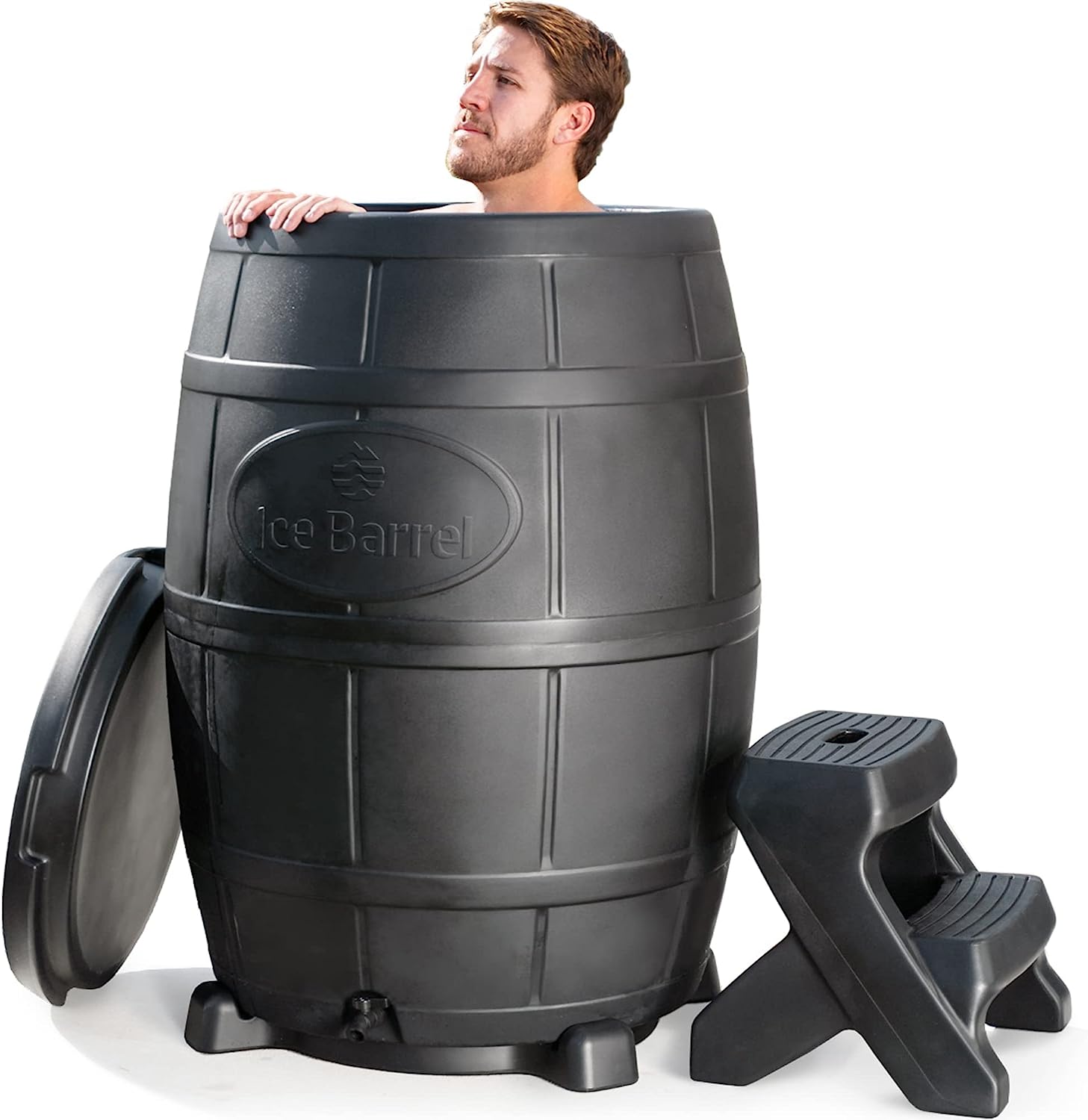Ice bath recovery has become a popular method for athletes to aid in their post-workout recovery process. The idea is that immersing the body in ice-cold water will help reduce inflammation, alleviate soreness, and speed up the healing process. However, like any recovery method, there are both benefits and risks to consider.
In this article, we’ll take a look at the science behind ice bath recovery, its benefits, risks, and best practices for athletes.
The Science of Ice Bath Recovery
When the body is subjected to cold temperatures, blood vessels constrict, reducing blood flow to the area. As a result, the body’s natural response is to increase blood flow to the area once it warms back up, bringing with it oxygen and nutrients to aid in the healing process.
Additionally, cold temperatures can help reduce inflammation and alleviate soreness. This is because inflammation is the body’s natural response to injury or stress, but prolonged inflammation can hinder the healing process. Cold therapy can help reduce inflammation and promote healing.
Benefits of Ice Bath Recovery for Athletes
Reduces Inflammation: As mentioned, cold temperatures can help reduce inflammation, which is beneficial for athletes who engage in intense physical activity that can lead to inflammation and soreness.
Speeds up Recovery: By promoting blood flow and reducing inflammation, ice bath recovery can help speed up the recovery process, allowing athletes to get back to their training routine quicker.
Alleviates Muscle Soreness: Cold temperatures can help alleviate muscle soreness, which is especially beneficial for athletes who engage in weightlifting or high-intensity training.
Mental Benefits: Ice bath recovery has also been shown to have mental benefits, as the shock of the cold water can promote feelings of alertness and wakefulness.
Risks of Ice Bath Recovery for Athletes
While there are benefits to ice bath recovery, there are also some risks to consider:
Hypothermia: The main risk of ice bath recovery is hypothermia, a condition in which the body’s core temperature drops too low. Athletes should be careful not to stay in the ice bath for too long and should always monitor their body temperature.
Nerve Damage: Prolonged exposure to cold water can also cause nerve damage, so athletes should be cautious not to stay in the ice bath for too long.
Increased Soreness: Some studies have suggested that ice bath recovery can actually increase soreness in some athletes. While this is not true for everyone, it’s important to pay attention to how your body responds to ice bath recovery.
Best Practices for Ice Bath Recovery
If you’re an athlete considering ice bath recovery, there are a few best practices to keep in mind:
Don’t Stay in Too Long: Athletes should not stay in the ice bath for more than 10-15 minutes, and should never stay in until they start shivering.
Monitor Your Body Temperature: Athletes should monitor their body temperature throughout the ice bath to ensure they don’t develop hypothermia.
Gradually Decrease Temperature: Athletes should gradually decrease the temperature of the water, rather than jumping into a very cold bath immediately.
Consult a Professional: If you’re unsure about ice bath recovery or have any medical conditions, it’s important to consult with a professional before trying it out.
Ice bath recovery can be a beneficial recovery method for athletes, but it’s important to consider the risks and best practices before trying it out. By following best practices and paying attention to your body, you can safely incorporate ice bath recovery into your post-workout routine to aid in your recovery and get back to training quicker.

